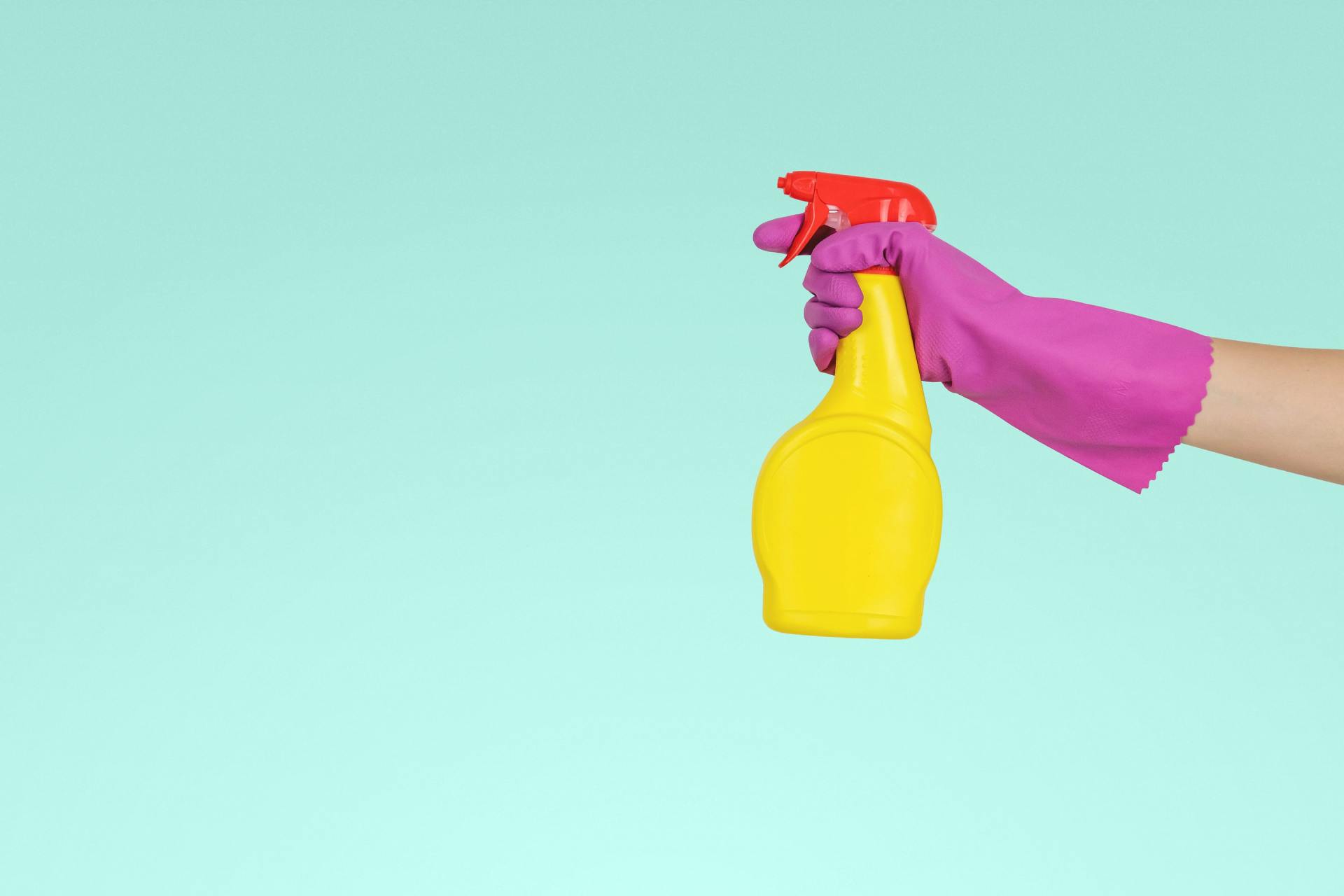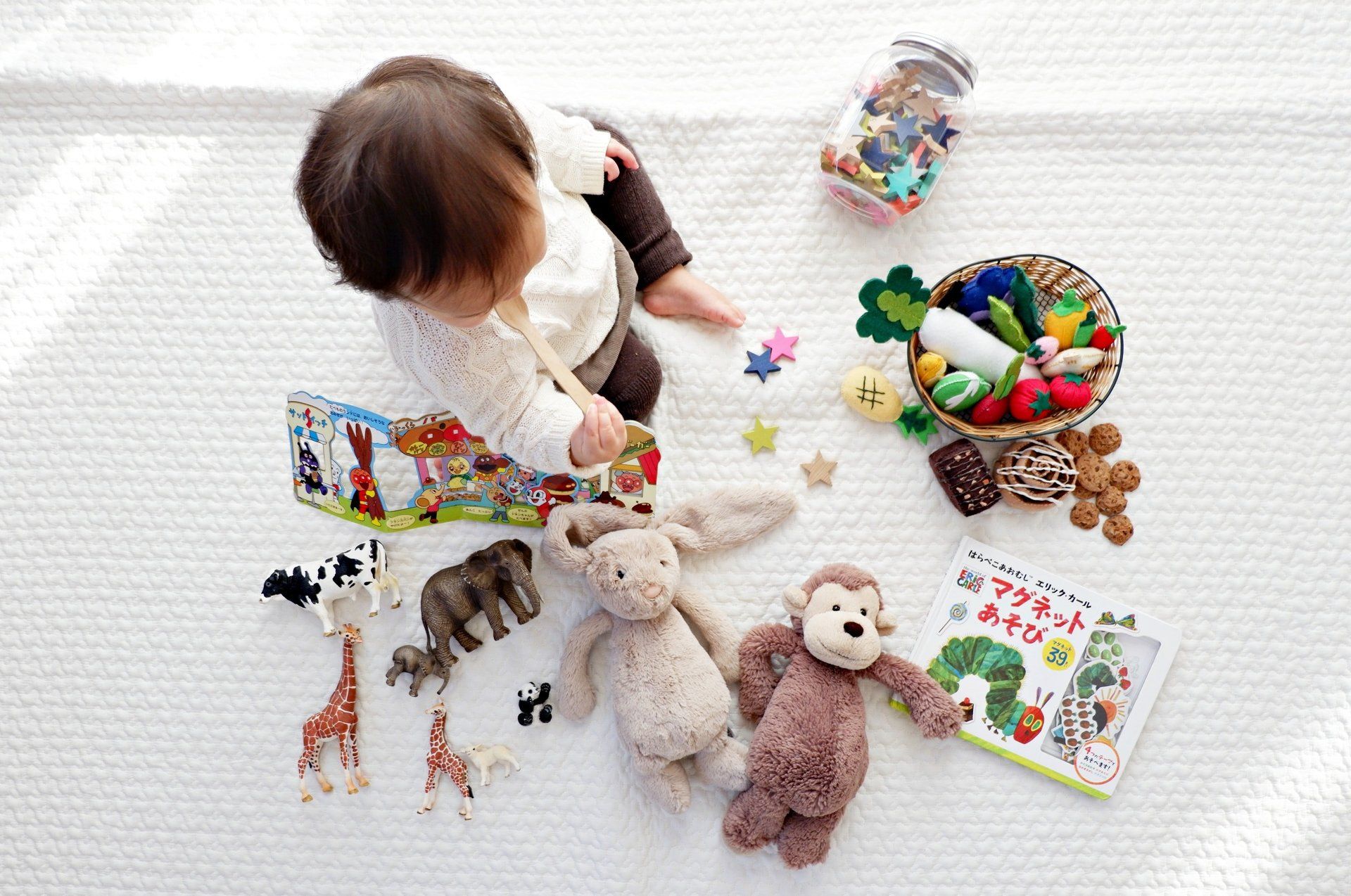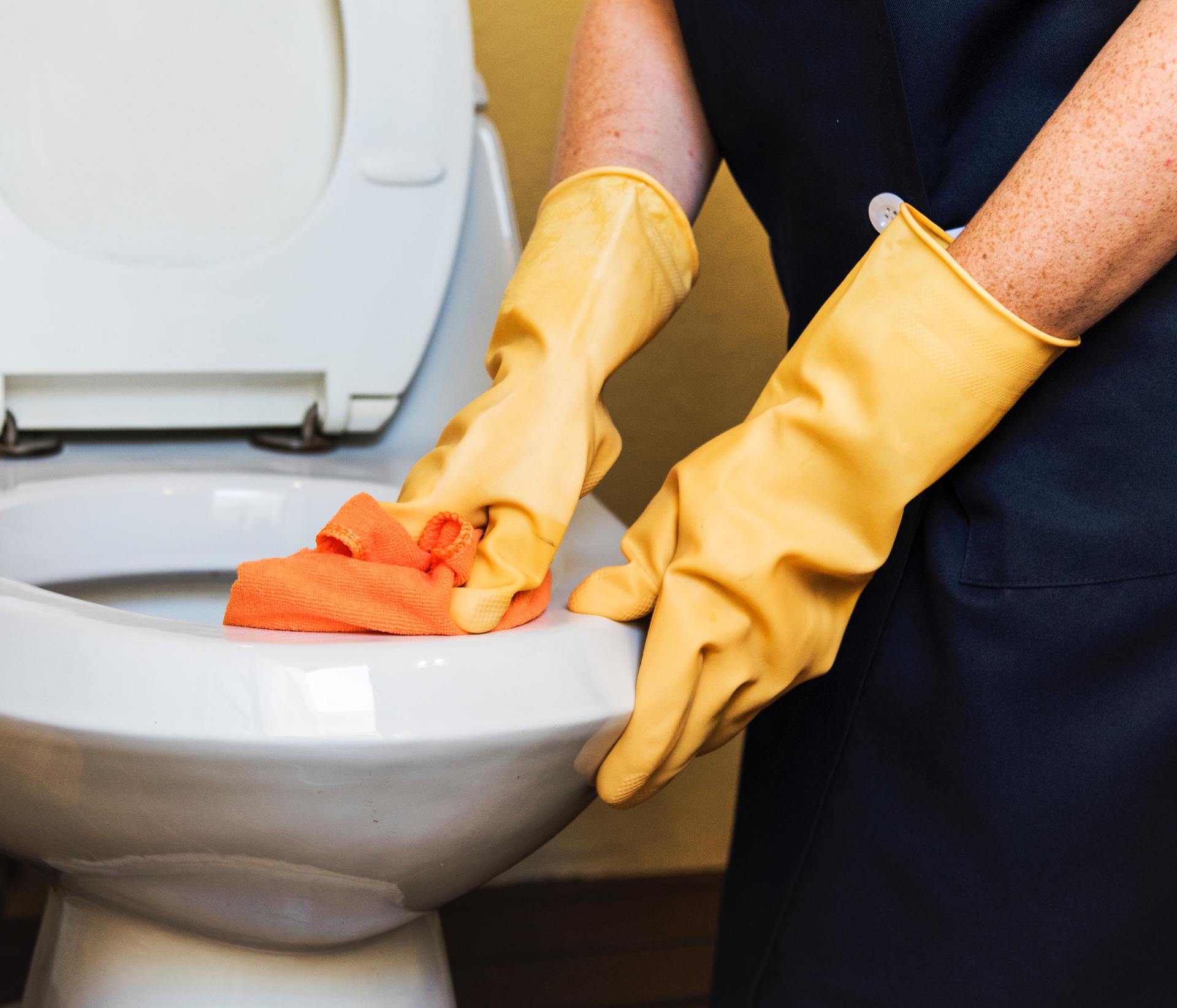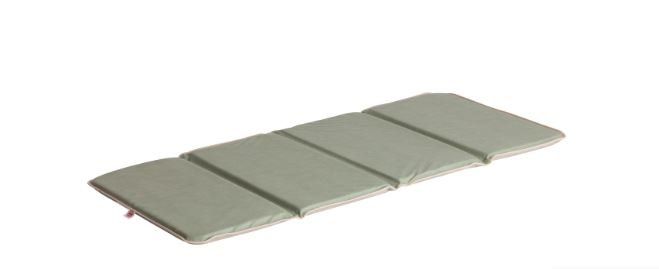American Journal of Respiratory and Critical Care Medicine 2007
Blog Owner • June 22, 2011
“The use of cleaning sprays at least weekly
was associated with the incidence of asthma sympt oms or medication and wheeze. The incidence of physician-
diagnosed asthma was higher among those using sprays at least 4 days per week. Risks were predominantly found
for the commonly used glass-cleaning, furniture, and air-refreshing sprays.” A similar correlation was not found
with products not applied in spray form.
J. Zock, et al., “The Use of Household Cleaning Sprays and Adult Asthma”,
American Journal of Respiratory
and Critical Care Medicine
Vol 176 (2007) 735-741

Comprehensive longitudinal studies are important for understanding the complex risk factors, pathways, exposures and interactions that lead to the development and persistence of asthma. We aimed to examine associations between use of household cleaning products in early life and childhood respiratory and allergic disease using data from the Canadian Healthy Infant Longitudinal Development (CHILD) Cohort Study

Fragrance affects us all. For some, it can enhance a moment, invoke a memory, or even improve a mood. As consumers, we seek it out in all kinds of products we use in our everyday lives. And for many of us, there’s a positive sensory experience associated with fragrance. But unfortunately, this may not be without consequence.

America's Children and the Environment (ACE)
America's Children and the Environment (ACE) is EPA's report presenting data on children's environmental health. ACE brings together information from a variety of sources to provide national indicators and related information on the environment and children's health.










